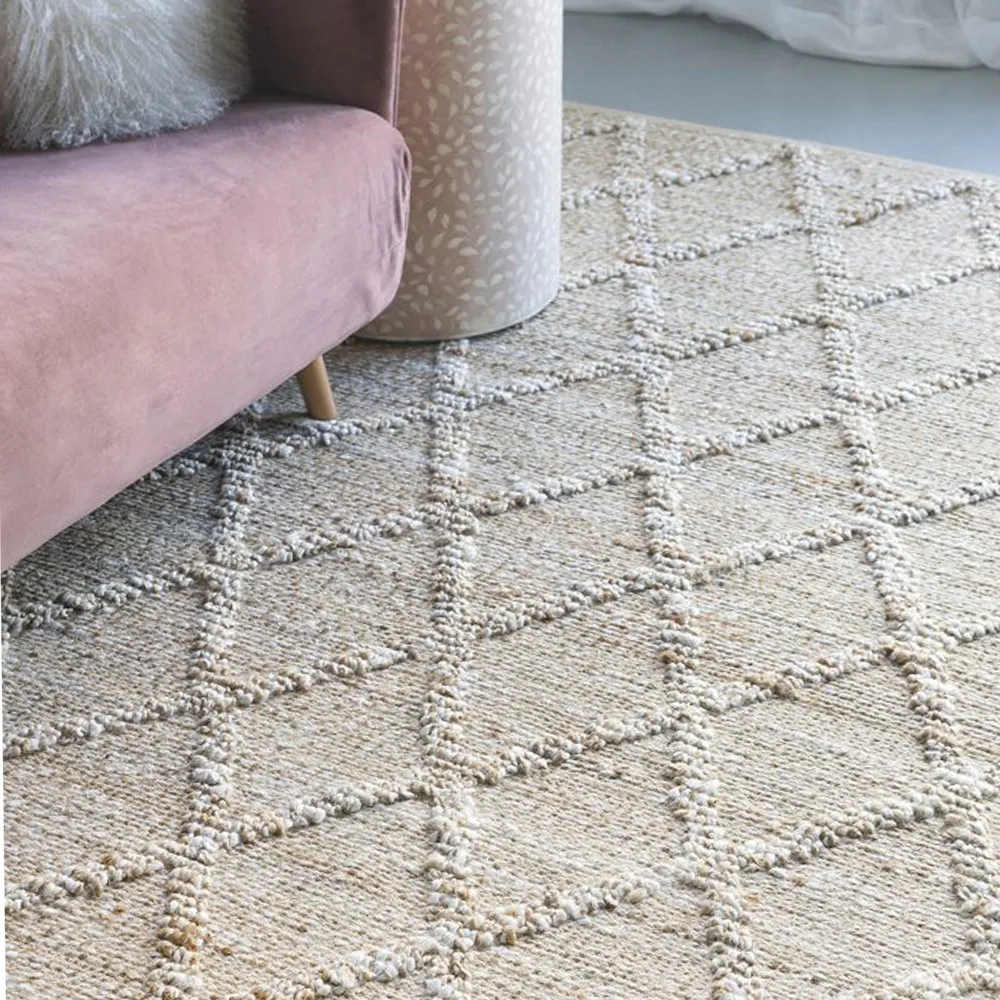A rug seems to be a necessary piece at home, especially in the living room. Here is the ultimate guide on elevating your living space with the perfect living room rug placement and size. Transform your space with expert tips and insights that ensure a harmonious blend of style and functionality. From strategic positioning to selecting the ideal rug size, embark on a journey to enhance your living room’s aesthetic appeal.
How to place rug in living room?
When it comes to enhancing the aesthetics and comfort of your living room, a well-placed rug can make all the difference. The strategic placement of a rug can tie together the various elements of your living space, providing both visual appeal and a cozy atmosphere. Follow these expert tips of living room rug placement to transform it into a stylish and inviting haven.

Start with the Basics
Begin by assessing the layout of your living room. Take note of the arrangement of furniture and the overall design scheme. Your rug placement should complement the existing elements rather than compete with them. Consider the size and shape of your room, as well as the positioning of doors and windows.
Define the Purpose
Identify the primary purpose of the rug in your living room. Are you looking to define specific areas, such as a seating arrangement or a reading nook? Perhaps you want to add warmth to a section of the room. Understanding the purpose will guide your placement decisions and help you achieve the desired visual and functional impact.
Choose the Right Rug Size
The size of the rug is a crucial factor in determining how it should be placed. A common mistake is selecting a rug that is too small for the space, disrupting the balance and flow of the room. On the other hand, an overly large rug can overpower the room. To strike the perfect balance, choose a rug size that accommodates all the key furniture pieces in a particular area, ensuring that the front legs of sofas and chairs are comfortably on the rug.
Create Zones with Rugs
In larger living rooms, creating distinct zones using rugs can add depth and dimension. Define conversation areas, dining spaces, or reading nooks with carefully placed rugs. Make sure there is cohesion in the design and that the rugs work together harmoniously. This approach not only enhances the visual appeal but also contributes to the overall functionality of the room.
Consider Rug Shapes
While rectangular rugs are the most common choice, consider experimenting with different shapes to add visual interest. Round rugs can soften the angles in a room and work well under circular tables or in seating areas with curved furniture. Similarly, square rugs can be employed to define square-shaped spaces within your living room. Be mindful of the room’s layout and the shapes of your furniture when selecting the rug shape.
Mind the Rug’s Positioning
The position of the living room rug within a seating arrangement is crucial for achieving a cohesive look. Place the rug so that it is centered on the main piece of furniture in the space, such as the coffee table. Ensure that the rug extends beyond the furniture, creating a unified visual effect. In open-concept living areas, position rugs to delineate the living room from other spaces seamlessly.
Layer Rugs for Texture
For an added touch of luxury and texture, consider layering rugs in your living room. This technique involves placing multiple rugs on top of each other, creating a dynamic and visually interesting effect. Ensure that the layered rugs complement each other in terms of color, pattern, and texture. This approach works particularly well in bohemian or eclectic design schemes.
Try Those Living Room Rug Placements
There are several common rug placement ways for the living room, which add different styles to the spaces.
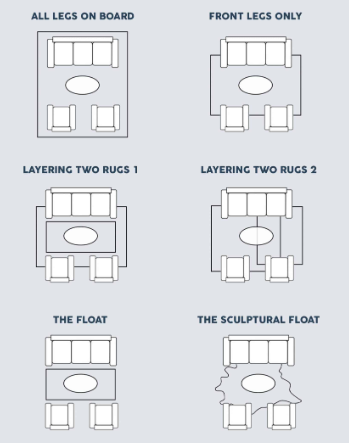
Image Source: stylebyemilyhenderson.com
1. All Legs on
Placing all furniture legs on the rug is a classic and cohesive rug placement method. In this arrangement, the rug acts as a unifying element, tying together the seating area and creating a sense of visual harmony. The key is to choose a rug that is large enough to accommodate all the furniture in the designated area, ensuring that both the front and back legs of sofas and chairs rest comfortably on the rug. This approach is particularly effective in defining a central conversation zone in the living room, making the space feel grounded and well-integrated.
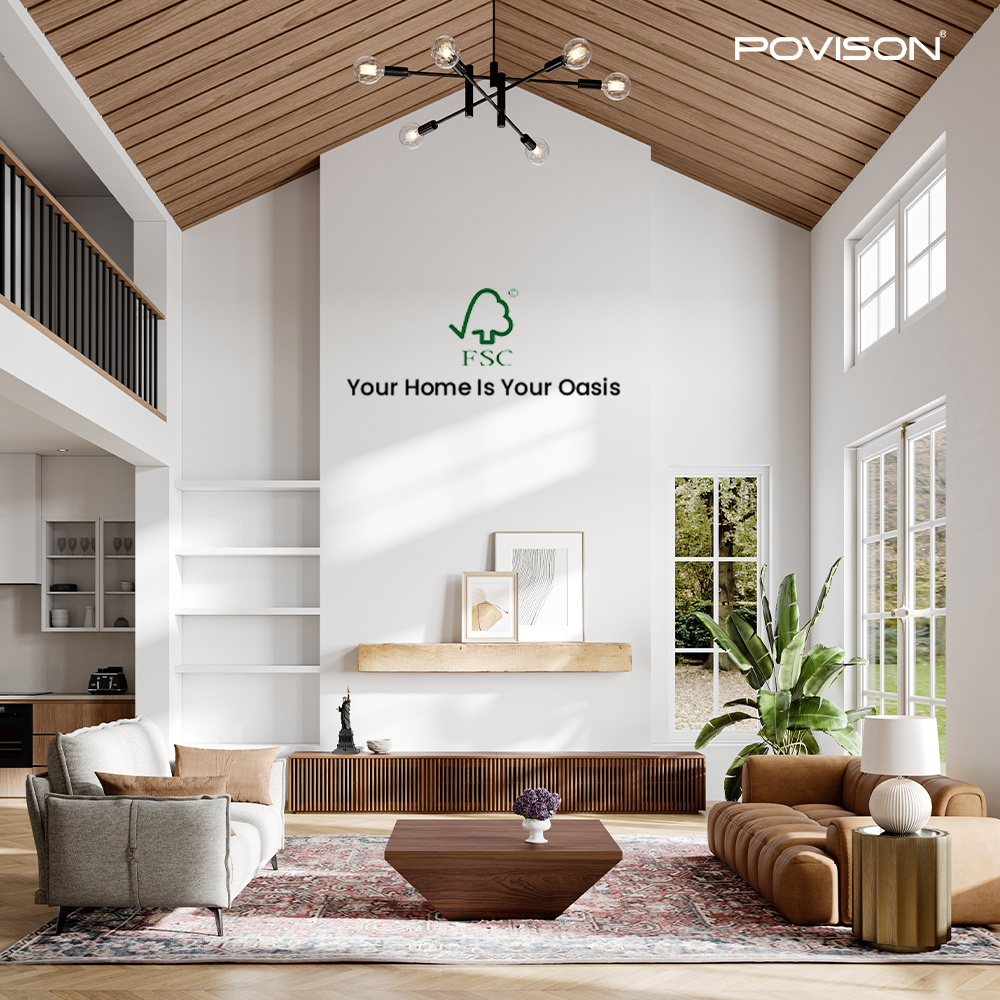
2. All Legs Off (Floating)
For a more eclectic and open feel, the floating rug placement involves positioning the rug so that none of the furniture legs touch it. This technique works well in modern and minimalist design schemes, allowing the rug to become more of a standalone design element rather than a unifying factor. When opting for the floating rug placement, choose a rug that is smaller in size, allowing it to serve as an accent piece that complements the overall decor without dominating the space. This approach can create a sense of spaciousness while adding a touch of style to your living room.
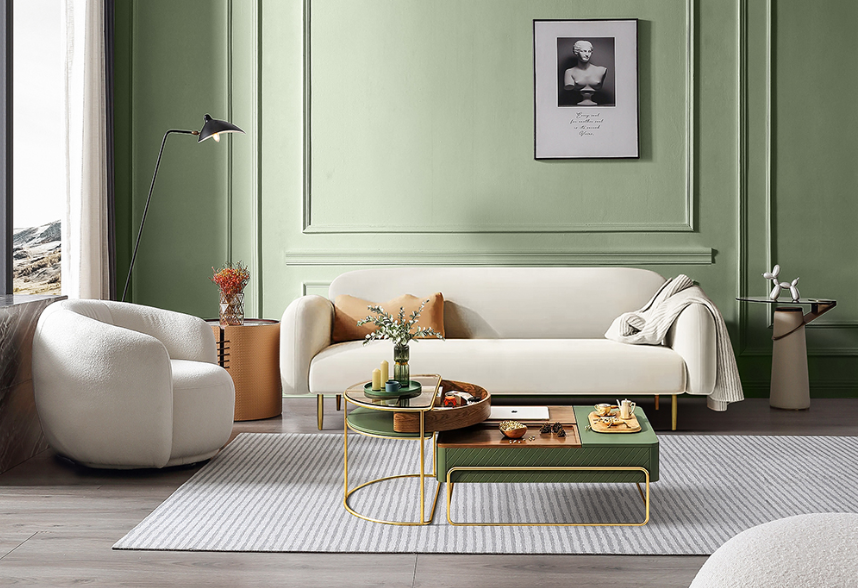
3. Front Legs Only
The front legs only rug placement strikes a balance between the two previous methods. In this arrangement, only the front legs of sofas and chairs rest on the rug, while the back legs remain off. This approach is versatile and well-suited for various room sizes and layouts. It provides a visually grounded effect without completely covering the floor, making it an excellent choice for smaller living rooms or when you want to showcase a beautiful flooring surface. Ensure that the rug is large enough to extend beyond the furniture, creating a cohesive and well-defined look.
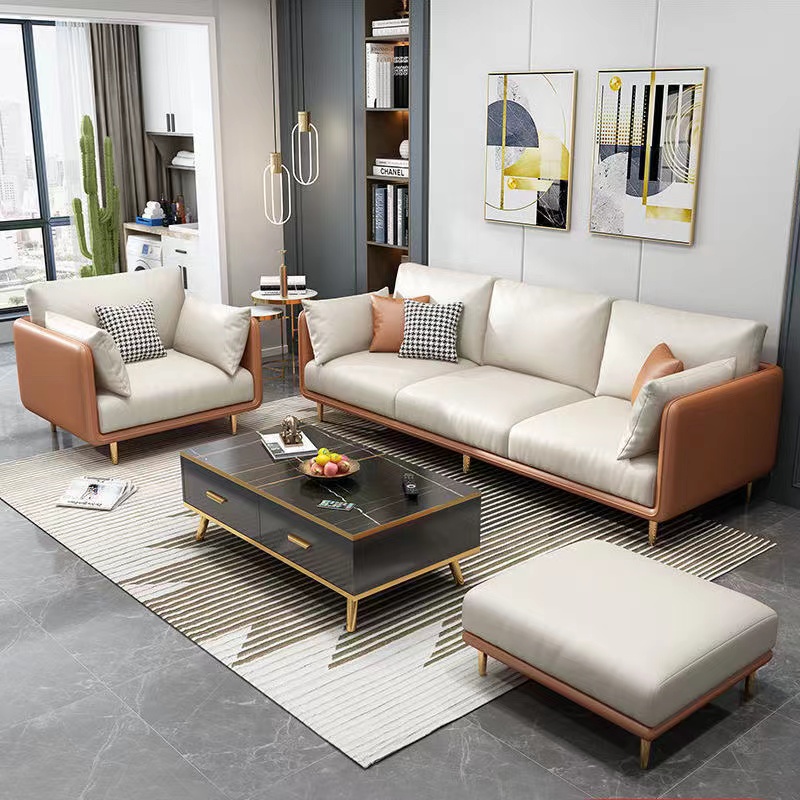
4. Layer Two Rugs
Layering rugs is a creative and dynamic way to add texture and visual interest to your living room. This technique involves placing two rugs on top of each other, creating a unique and personalized design. To layer two rugs successfully, consider using a larger, neutral rug as the base to cover the majority of the floor. Place a smaller, contrasting rug on top, ensuring that it is centered within the seating area or under a coffee table. This approach works well in eclectic or bohemian-style living rooms, allowing you to play with colors, patterns, and textures to achieve a layered and inviting look.
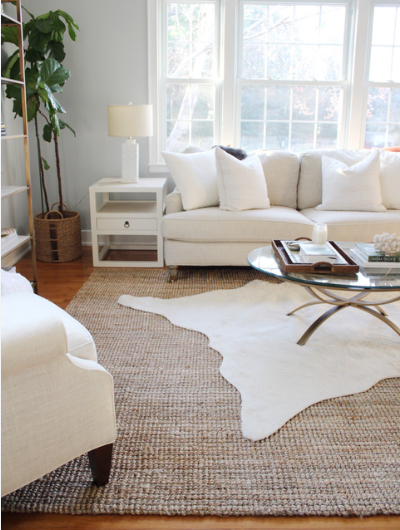
5. Round Area Rug for Living Room
Choosing a round area rug for your living room can introduce a sense of softness and fluidity to the space. Round rugs work particularly well in square or rectangular rooms, as they can offset the angular lines of furniture and walls. When placing a round rug, consider centering it under a key furniture piece, such as a coffee table or a central ottoman. This creates a focal point in the room and defines a specific area for seating. Round rugs are also an excellent choice for open-concept living spaces, where they can visually delineate different functional zones while adding a touch of elegance and warmth to the overall design.
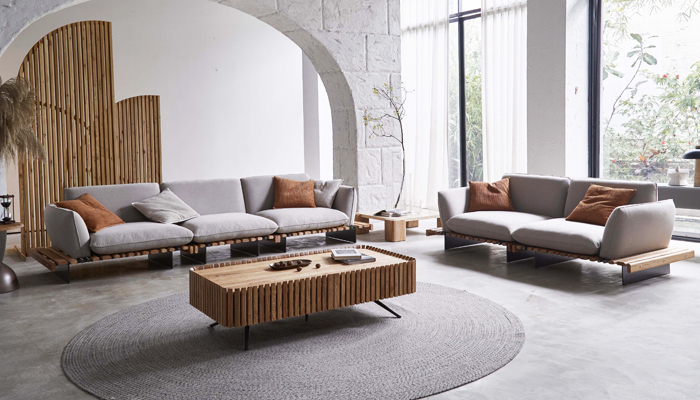
What size rug for living room?
Choosing the right rug size for living room is essential for achieving a balanced and visually appealing design. The size of the rug not only affects the overall aesthetics of the room but also plays a crucial role in defining specific areas and creating a sense of harmony. Explore the following guidelines to determine the ideal rug size for your living room.
Measure Your Space
Before venturing out to shop for a rug, take accurate measurements of your living room. Consider the dimensions of the entire room as well as specific seating areas or zones you want to cover with a rug. A common rule of thumb is to leave at least 18 inches of bare floor between the edges of the rug and the walls. This creates a visually pleasing border and prevents the room from feeling cramped.
Front Legs On, Front Legs Off
When determining the size of the rug for a seating area, decide whether you want the furniture to sit entirely on the rug or if you prefer a more eclectic look with only the front legs on the rug. For a cohesive and grounded appearance, opt for a rug that accommodates all the front legs of sofas and chairs. Alternatively, if you want a more open and spacious feel, a smaller rug with only the front legs on it can work well.
Consider Room Shape
The shape of your living room can influence the size of the rug you choose. In square rooms, a square or round rug can emphasize the symmetry, while in rectangular rooms, an elongated rug can enhance the sense of flow. Be mindful of any alcoves, bay windows, or architectural features that may impact the shape of the rug you select.
Layering Rugs for Impact
Layering rugs is a versatile approach that allows you to experiment with different sizes and shapes. Start with a larger, foundational rug that covers the majority of the living room floor, and then layer a smaller, contrasting rug on top to define a specific area or add visual interest. This technique works especially well in large living rooms where multiple seating arrangements or zones are present.
Choosing the Right Rug for a Dining Area
If your living room includes a dining area, the rug under the dining table should be large enough to accommodate the table and chairs, even when the chairs are pulled out. A good rule of thumb is to leave at least 24 inches of rug space beyond the edges of the table. This ensures that the chairs remain on the rug, providing a comfortable and cohesive look.
Optimal Rug Sizes for Common Living Room Configurations
For standard living room configurations, here are some recommended rug sizes:
- 8′ x 10′ rugs: Ideal for smaller living rooms or for placing under a coffee table with the front legs of furniture on the rug.
- 9′ x 12′ rugs: Suitable for larger living rooms or for covering a more extensive seating area, allowing all furniture legs to rest comfortably on the rug.
- 10′ x 14′ rugs: Perfect for spacious living rooms or open-concept areas, providing ample coverage for multiple seating arrangements.
- Runner rugs: These long, narrow rugs are excellent for defining hallways or creating a pathway through larger living rooms.
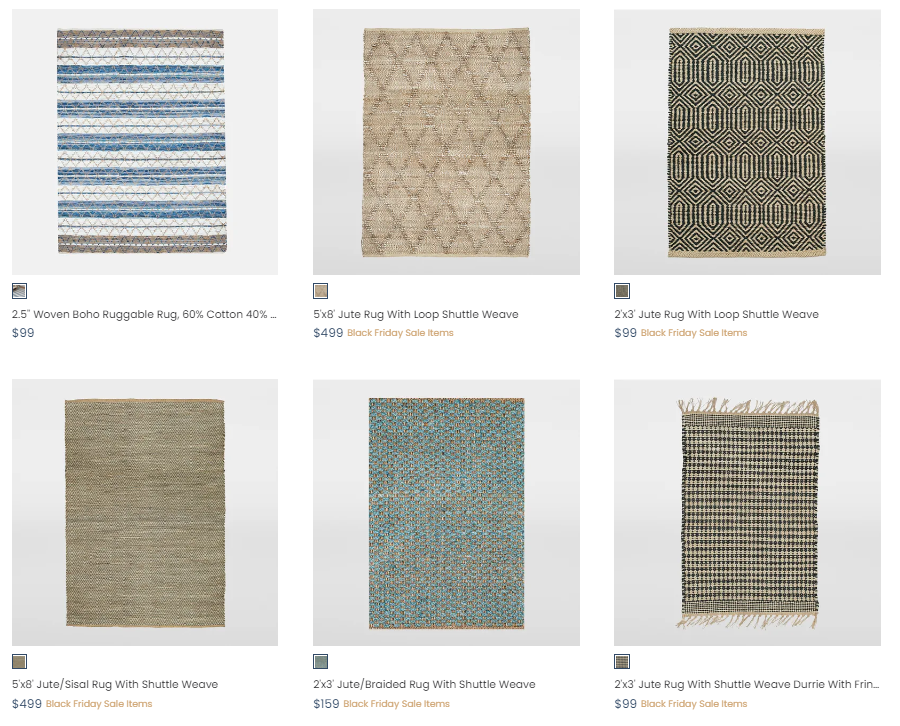
What is the best type of rug for a living room?
Living rooms are often high-traffic areas, so choosing a stylish rug that can withstand daily wear and tear is crucial. The best types of living room area rug should be:
- Suitable size
- Adapt to your lifestyle
- Easy to maintain and stain-resistant
- Durable use
- Affordable
The Best Rug Ideas for Your Home
Boho Jute Carpet with a Shuttle Weave
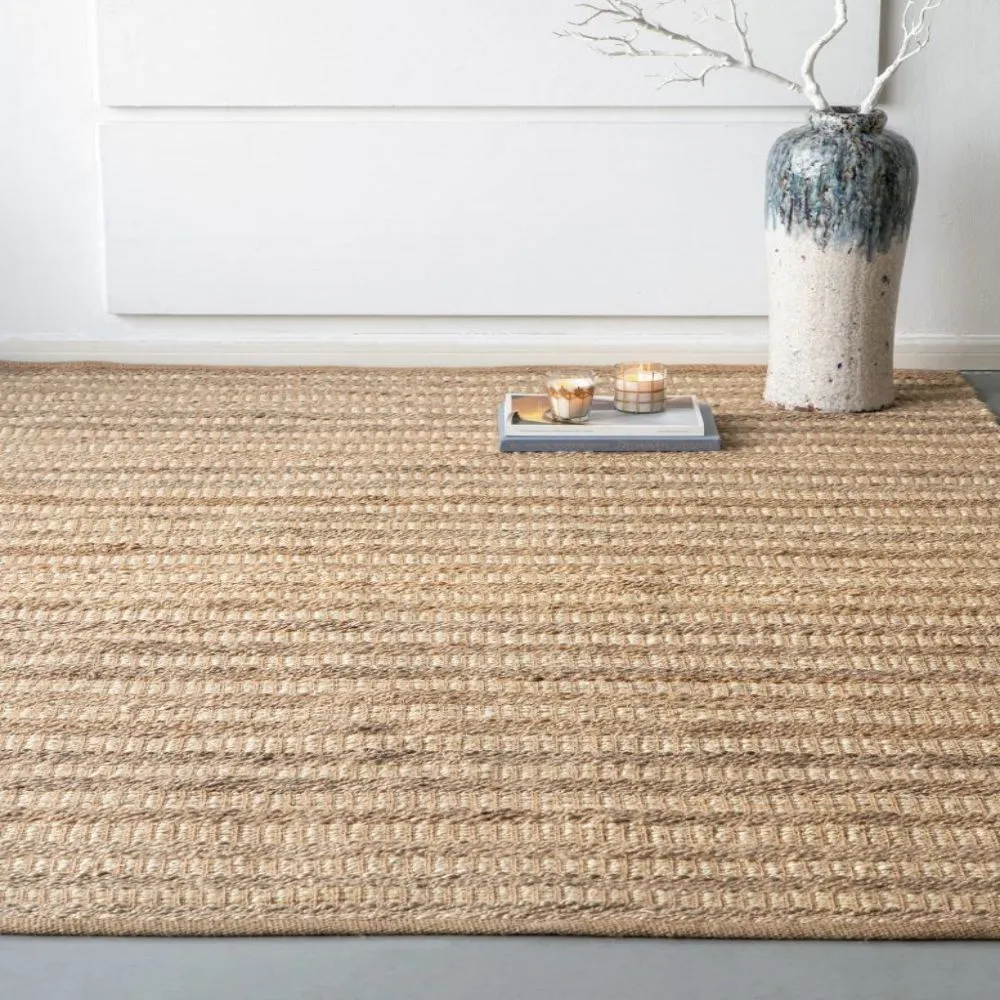
Cotton/Jute/Denim Rug With Shuttle Weave
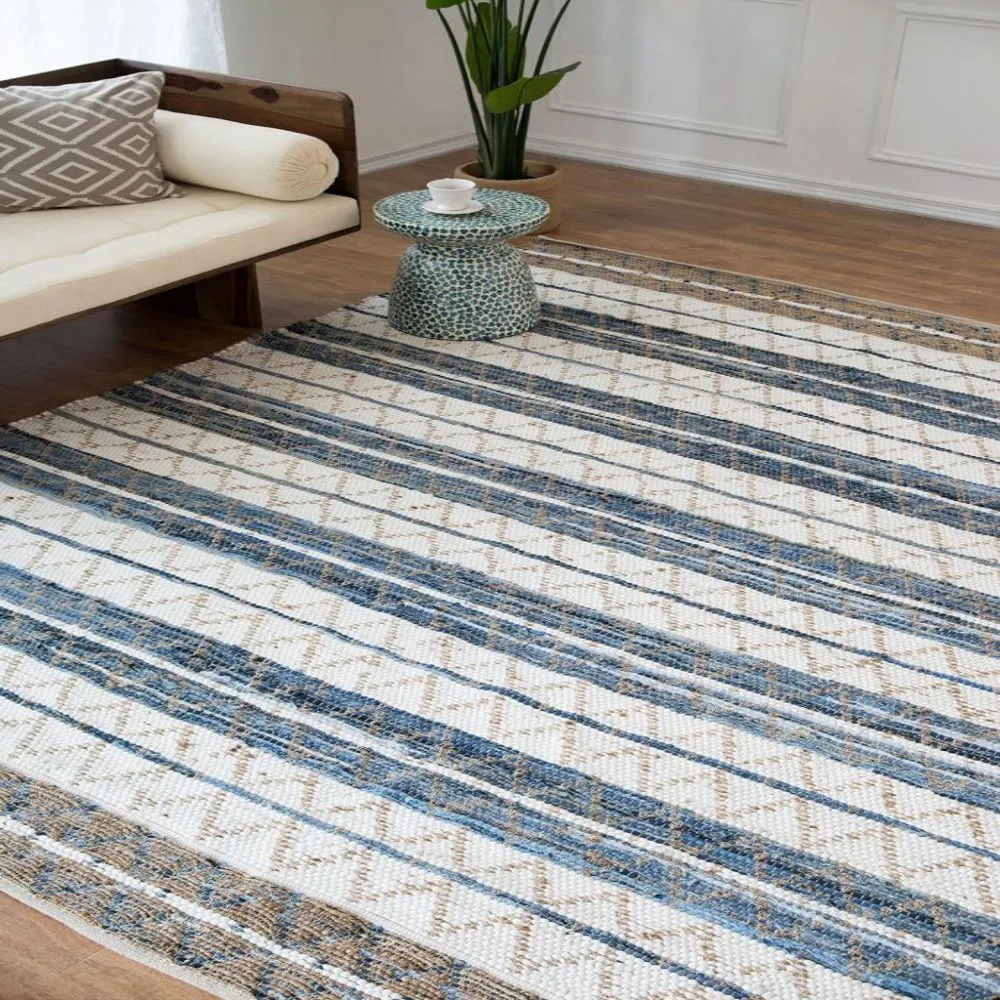
Cotton Rug with Chevron Pattern
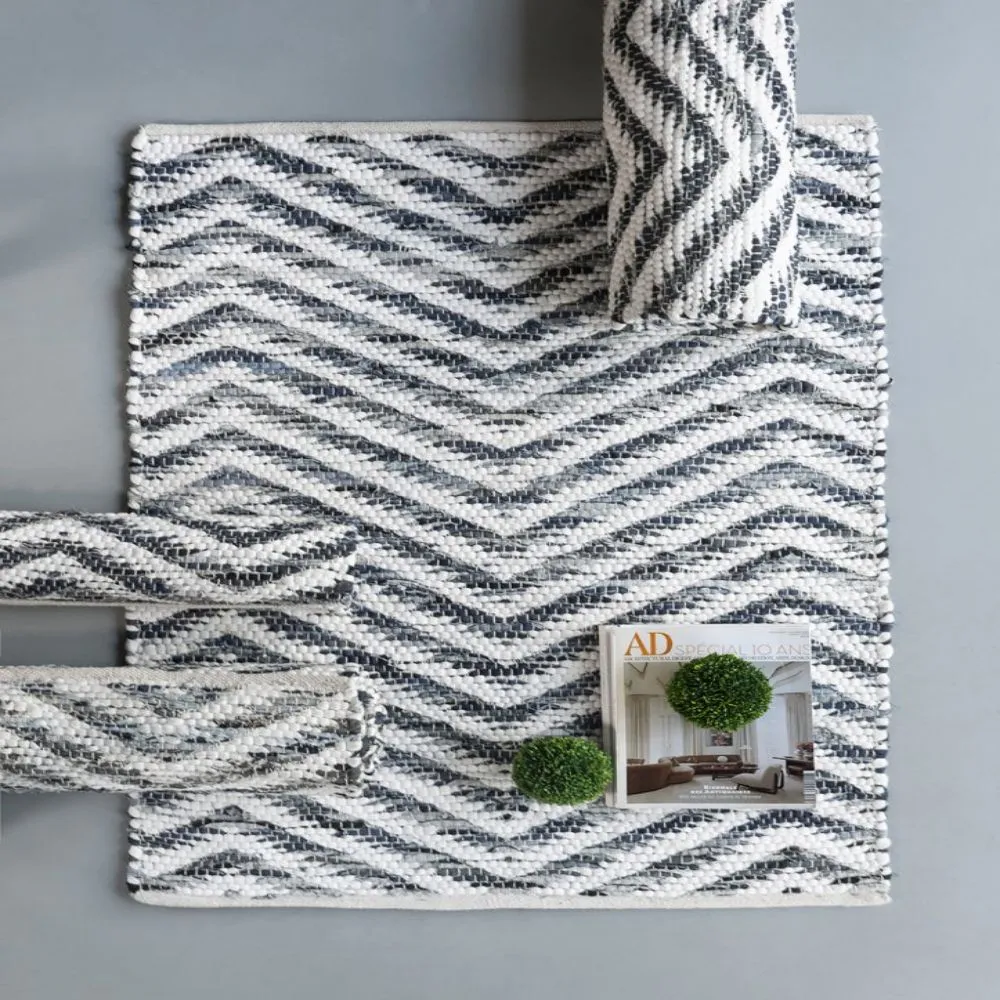
8 x 10 inch Jute Rug With Loop Shuttle Weave
